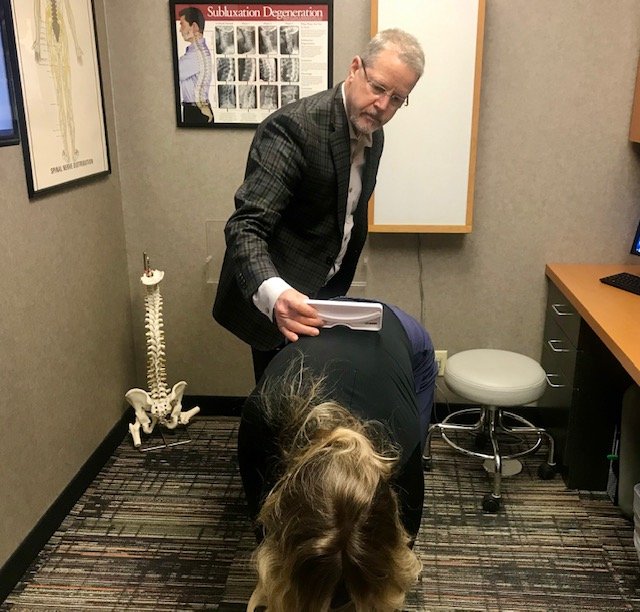By Dr. Tim Fargo, Chiropractor
While Hamlet pondered whether to be or not to be, we who care for patients with scoliosis wonder whether we should brace or not. Bracing has historically been one of the treatment options when spinal curves associated with scoliosis are either large, or are progressing rapidly. The other options are simple observation (watch and wait), physical therapy type exercises that are specific for scoliosis, and, at the far end of the spectrum, surgery. The question about whether to brace or not is especially critical when we are talking about children with growing spines who have the potential to get worse very rapidly. The comments below apply exclusively to adolescents with scoliosis.
Let’s begin by defining terms. A scoliosis is a spinal curve to the side with rotation happening at the same time. The measurement of such curves is generally done using the “Cobb” method. As long as a curve is under 10° by this method, it is not necessarily even defined as a scoliosis, and warrants observation as the primary approach. Small curves like this can also be addressed with traditional manual therapy approaches including chiropractic, physical therapy and other muscle therapies. Because we are talking about children and adolescents, it is essential to keep curves under observation because they can progress quickly when the child experiences a growth spurt.
When curves range from 10° to 25° they are still quite small. Especially when curves of such magnitude are single curves, they can be treated with traditional manual therapies. Nighttime bracing may also be appropriate for the child under these circumstances.
When we see more complex double curves, or curves increasing from 20° up to 30°, then we start to consider full-time bracing as an option. The preferred bracing option is to use a 3 – dimensional rigid brace such as ScoliBrace. ScoliBrace is designed to create a mathematical corrective solution to scoliosis curves. Unlike traditional scoliosis braces which seek only to “hold the curve in place”, ScoliBrace is designed to reduce, and sometimes correct, scoliotic deformities. In some cases adolescents can wear the brace for a few months and, when the curve is reduced somewhat, they may even be able to reduce to part-time wear.

As curves get bigger, the treatment dose also must increase. For thoracic (mid back) curves between 30° and 60° they will need full-time bracing (minimum 22 hours per day). The same can be said for lumbar (low back) curves when they are between 30° and 50°.
Unfortunately, there does come a point where bracing is no longer the treatment of choice for scoliosis. When curves in the mid back exceed 60° or curves in the low back exceed 50°, then it is time for a surgical consultation and possible spinal fusion.
The standards that I have just laid out above pertain only to adolescents, but what about adults with fully mature skeletons? Bracing becomes appropriate for adults when they have relatively larger curves (greater than 30°), and have instability and spinal degeneration that will cause the curve to progress over time, and/or have concern about deteriorating posture. Any or all of the above can warrant treatment with bracing.
Hopefully this brings additional understanding the to a relatively complex clinical situation.



